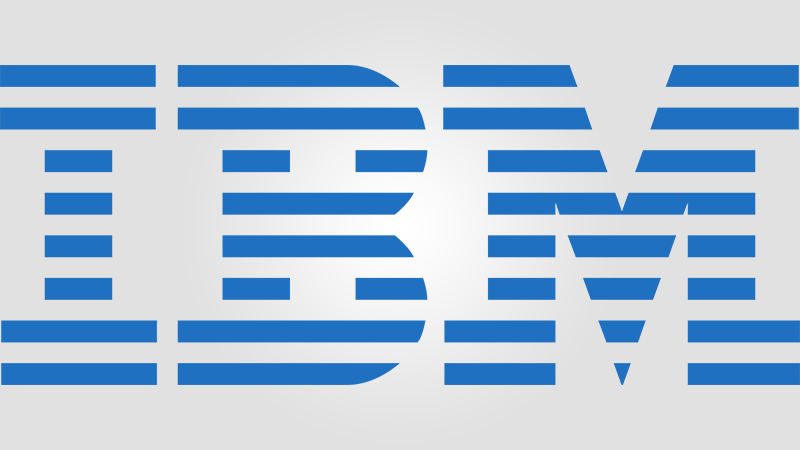The new supercomputer by IBM is now perhaps the nearest thing as a copy of a human brain, well, in silicon form that is. The tech firm partners with Lawrence Livermore National Laboratory (LLNL) to reveal a new deep learning supercomputer to the world. It is said that the innovation will boost artificial intelligence systems. It will also assist in looking after nuclear weapons and it will even simulate attacks.
New Supercomputer From IBM is Able to Replicate Millions of Neurons and Billions of Synapses
This IBM supercomputer is based on a “neurosynaptic” computer chip, and it can replicate over 16-million neurons and 4-billion synapses. What’s super about this supercomputer is that it only consumes 2.5 watts of energy. For comparison’s sake, that’s the similar amount of energy for a hearing aid battery.
Named the IBM TrueNorth, the supercomputer has a brain-like, neural network design. It was made with the company’s Neuromorphic System and it is able to produce complex cognitive tasks. Examples of such tasks include recognizing patterns and integrated sensory processing. Therefore, it is far more efficient than your conventional chip for artificial intelligence.
With the creation of the new system, it will be used to explore new computing possibilities that are important to the National Nuclear Security Administration (NNSA), more specifically speaking that of missions in cyber security that leans towards the topic of the nation’s nuclear weapons stockpile and non-proliferation.
Talking about the NNSA, they have an Advanced Simulation and Computing (ASC) program and it will evaluate machine-learning applications, as well as architectures and deep-learning algorithms. Within said program, the firm will be able to conduct general feasibility studies. The ASC is a cornerstone of the NNSA’s Stockpile Stewardship Program in which it aims to ensure security, safety, and reliability towards the nation’s nuclear deterrent without the need for underground testing.
Jim Brase, deputy associate director for Data Science for LLNL, has the following to say: “Neuromorphic computing opens very exciting new possibilities and is consistent with what we see as the future of the high performance computing and simulation at the heart of our national security missions. The potential capabilities neuromorphic computing represents and the machine intelligence that these will enable will change how we do science.”
The technology brought about by the IBM supercomputer signifies a vital departure from computer design (which has already been known to be prevalent for the past 70-years) to a more powerful element in the development towards next-generation supercomputers.
